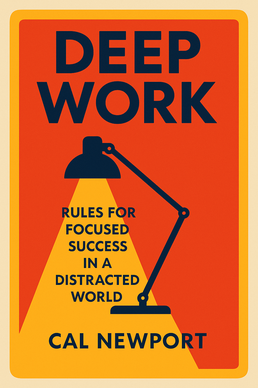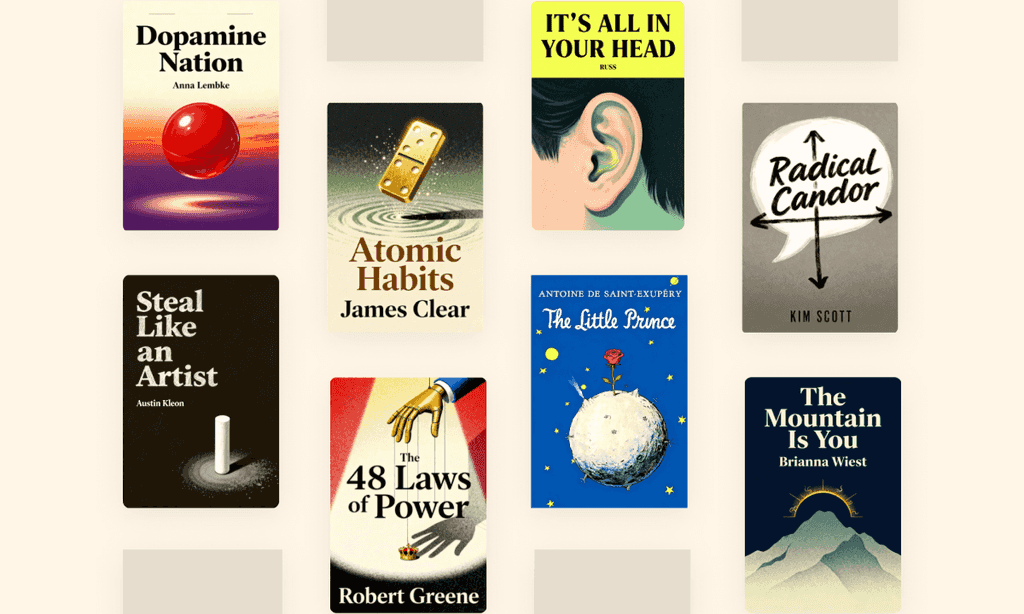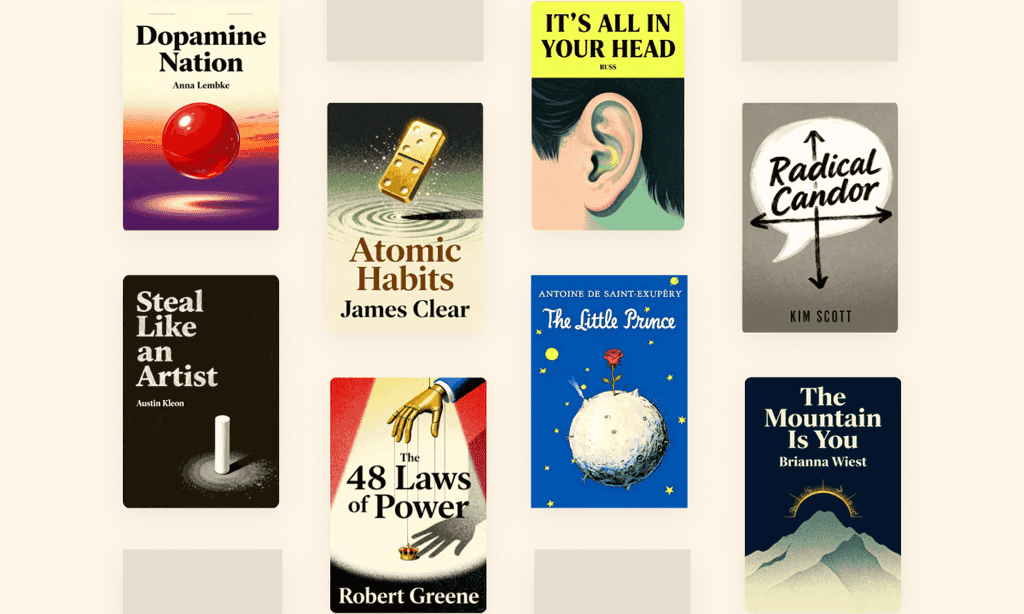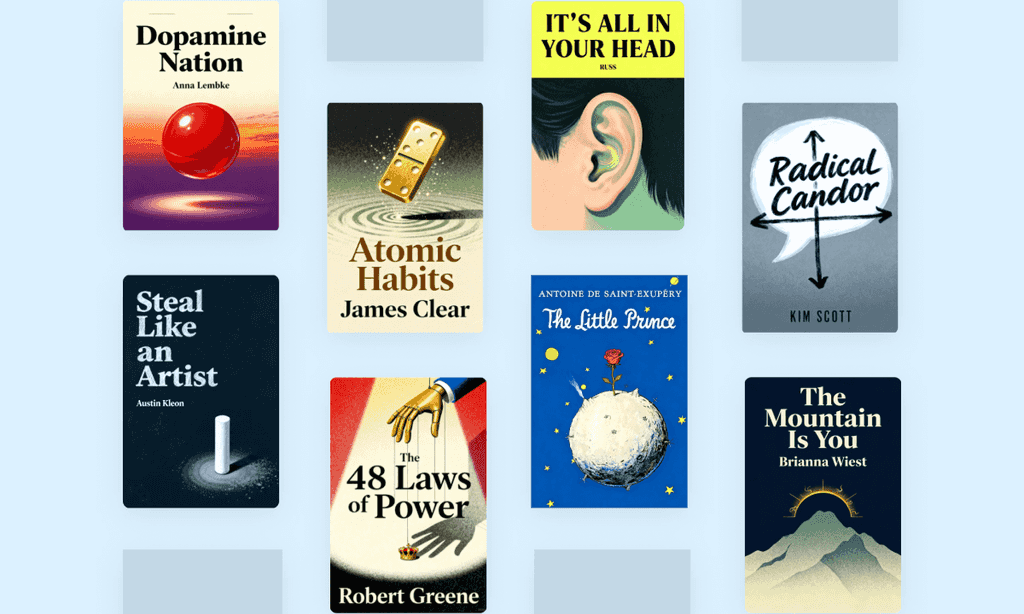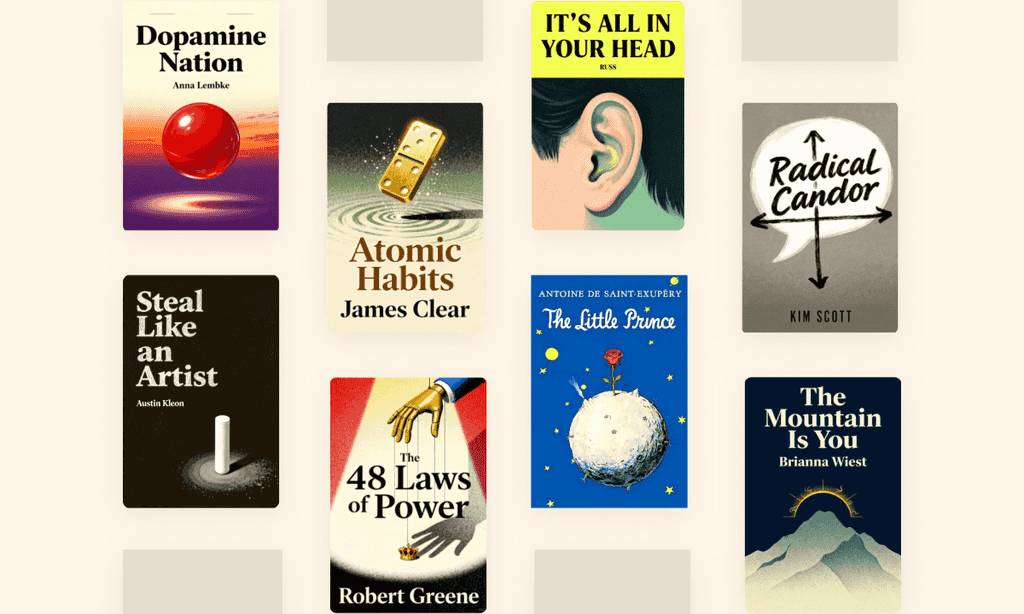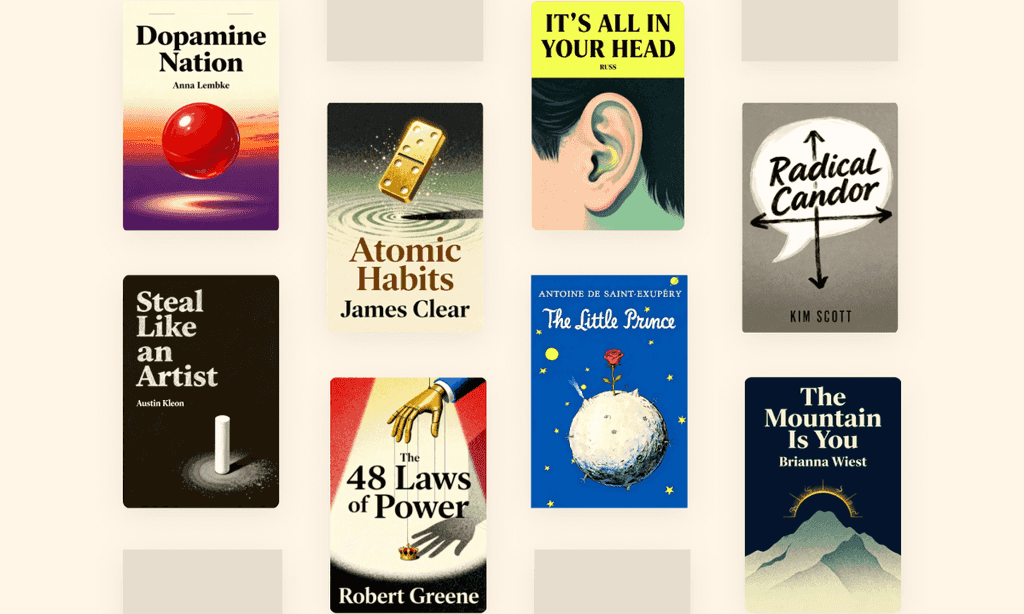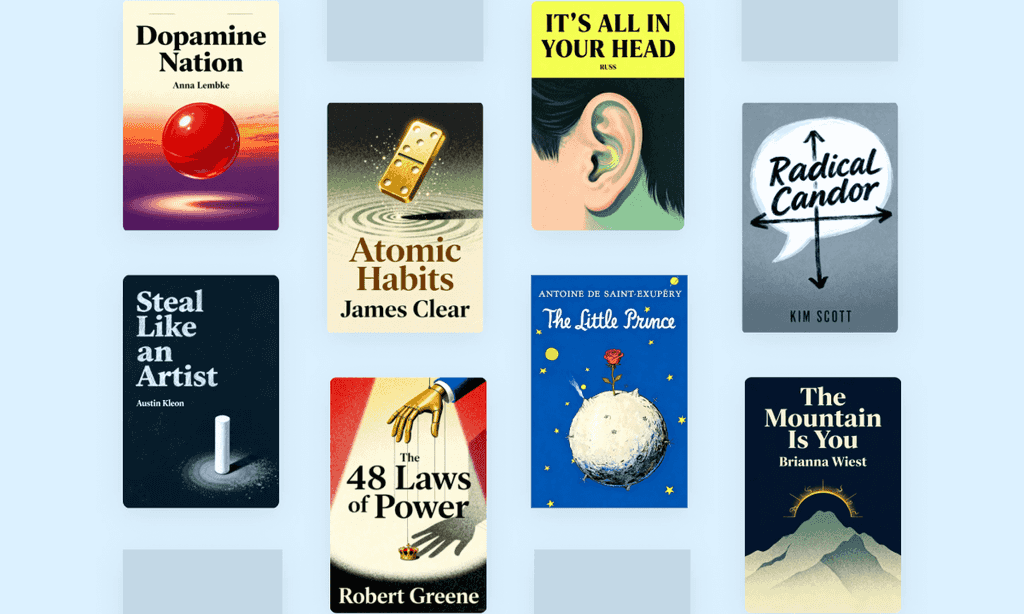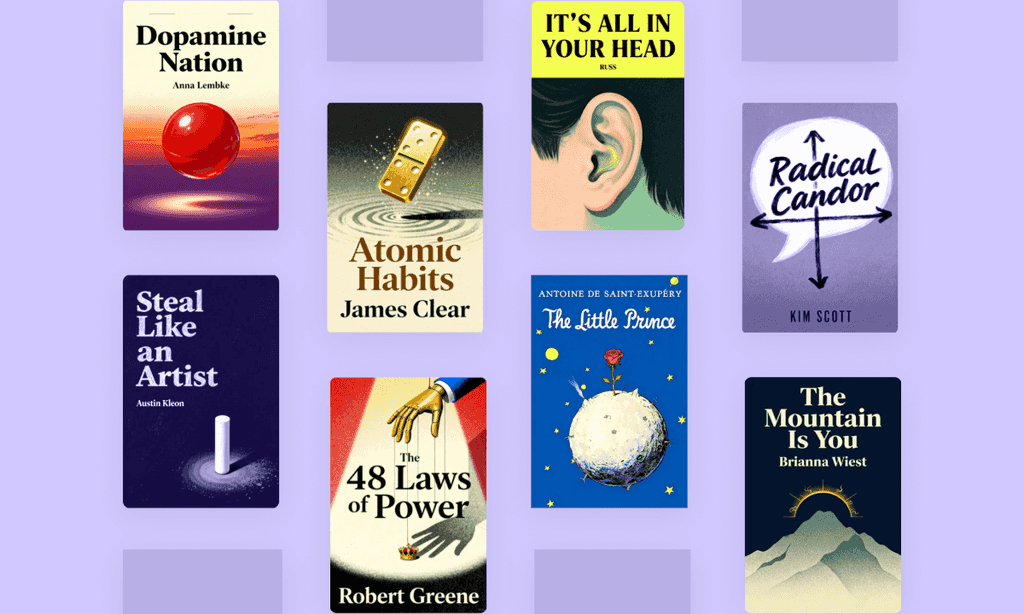Eat That Frog! 21 Great Ways to Stop Procrastinating and Get More Done in Less Time by Brian Tracy
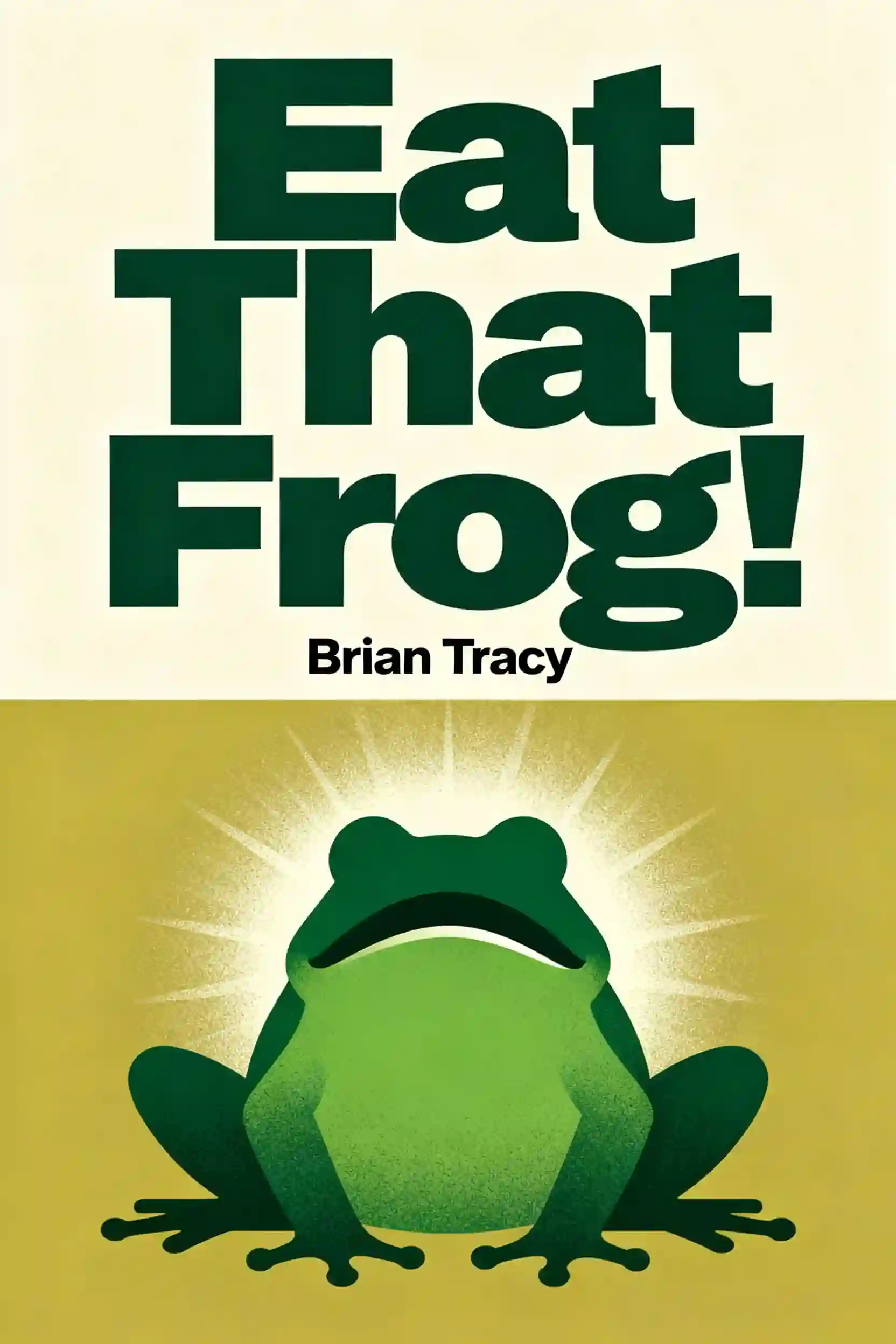
Overview of Eat That Frog! 21 Great Ways to Stop Procrastinating and Get More Done in Less Time
Transform your productivity with Brian Tracy's "Eat That Frog!" - the international bestseller that turned Mark Twain's frog-eating metaphor into a global time management revolution. What if tackling your biggest challenge first thing could change everything?
About its author - Brian Tracy
Brian Tracy, Canadian-American motivational speaker and bestselling author of Eat That Frog!: 21 Great Ways to Stop Procrastinating and Get More Done in Less Time, is a leading authority in personal development and productivity. A self-help expert with over 80 published books, Tracy combines decades of sales leadership and global speaking experience to address time management challenges.
His 2001 classic distills actionable strategies from his work with Fortune 500 companies and entrepreneurs, reflecting his philosophy of "tackling your biggest task first."
Tracy's other influential works like No Excuses!: The Power of Self-Discipline and The Psychology of Achievement further establish his reputation for transforming professional performance through practical frameworks. As founder of Brian Tracy International, he’s trained executives in 75+ countries through seminars and digital courses.
Eat That Frog! remains a global phenomenon, translated into 42 languages with over 3 million copies sold, maintaining its status as required reading in business programs and corporate training worldwide.
Key Takeaways of Eat That Frog! 21 Great Ways to Stop Procrastinating and Get More Done in Less Time
- Brian Tracy’s “Eat the Frog” method prioritizes tackling your biggest task first daily
- Cure procrastination using the 3Ds of productivity: decision, discipline, determination
- “Single handling” tasks to completion boosts focus and eliminates distractions
- Clarity in goal-setting reduces procrastination by defining your “frog” upfront
- Tackle high-impact tasks before 8 AM to leverage peak mental performance
- The “Two Frog Rule” demands starting with harder tasks for momentum
- Repeated “Back to work” self-commands combat distraction during critical tasks
- Prioritization systems beat multitasking for beating overwhelm and deadline stress
- Morning task completion creates achievement momentum that fuels daily productivity
- Written goal lists activate 80% faster progress than mental planning alone
- Brian Tracy’s urgency-filter questions separate vital tasks from busywork
- “Eating frogs” builds task-completion habits that compound career success


